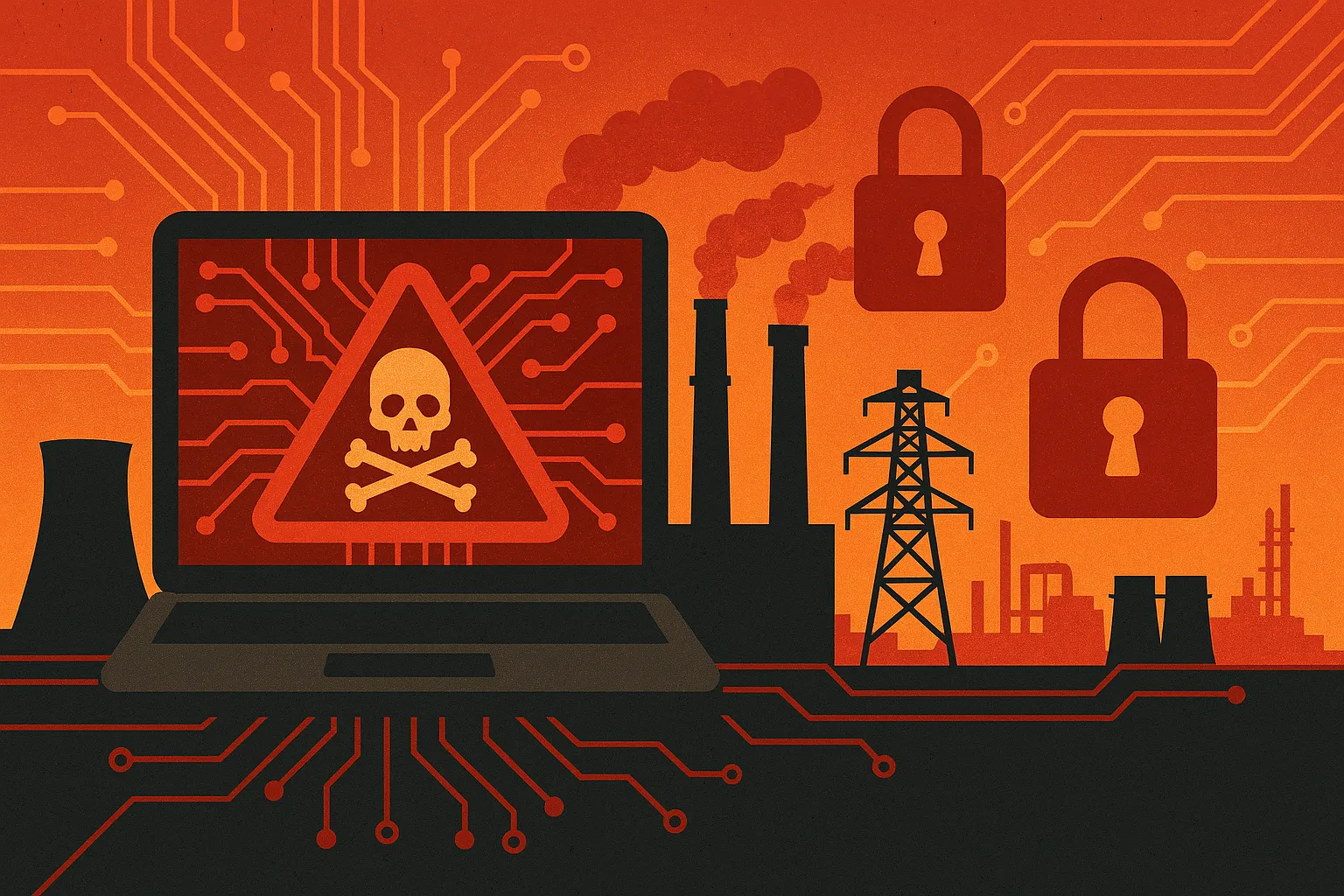Cybersecurity Threats to Critical Infrastructure: A Rising Concern
In today's digital age, the protection of critical infrastructure against cyberattacks has become paramount. With ongoing threats and targeted attacks, understanding these risks and strengthening cybersecurity measures is essential for national security and business continuity.
Understanding Critical Infrastructure
Critical infrastructure refers to the physical and virtual assets that are vital to a nation's security, economy, public health, or safety. This includes sectors like energy, water, transportation, banking, and healthcare. Due to their importance, these sectors are attractive targets for cyber terrorists, nation-states, and hackers interested in causing disruptions or stealing sensitive information.
The Menace of Cyber Attacks
Recent reports from entities like the Department of Homeland Security and FBI, along with insights from SC Media, confirm an increasing trend of sophisticated cyberattacks aimed at incapacitating critical infrastructure. Notably, China has been pointed out for its aggressive cyber strategies targeting U.S. infrastructure.
Best Practices and Hardening Guidelines
Enhancing visibility and implementing hardening guidelines are recommended as effective strategies to protect these crucial sectors. Measures include rigorous access control, regular security audits, employee training, and adopting cutting-edge security technologies.
Case Studies and Real-World Incidents
For instance, the alert issued by the DHS and FBI highlights ongoing attacks, underscoring the severity and persistence of these threats. Understanding these cases helps us appreciate the sophisticated nature of threats and the necessary robust response strategies.
Moreover, the expert warnings about ongoing and future threats should be a call to action for stakeholders in critical infrastructures to reassess and strengthen their cybersecurity postures.
Cybersecurity Insights
As threats evolve, so must our defenses. Cybersecurity is no longer just an IT issue but a strategic priority that requires comprehensive planning and cross-sector cooperation.
Conclusion and Next Steps
Being proactive in cybersecurity measures and staying informed about potential threats is crucial. It is imperative for organizations, especially those within critical infrastructure sectors, to invest in robust cybersecurity frameworks and incident response plans to mitigate these emerging threats.
Stay safe and stay secure!
